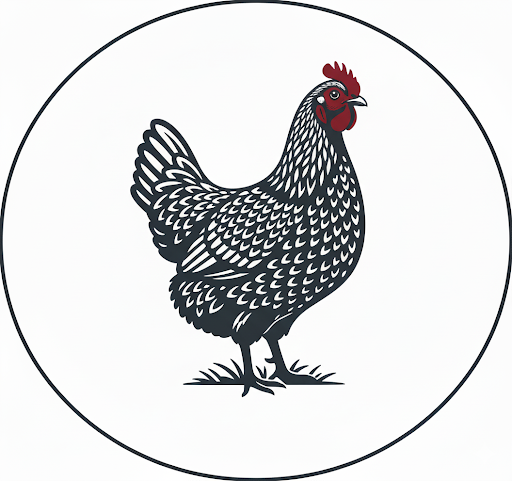History and origin of the Barnevelder.
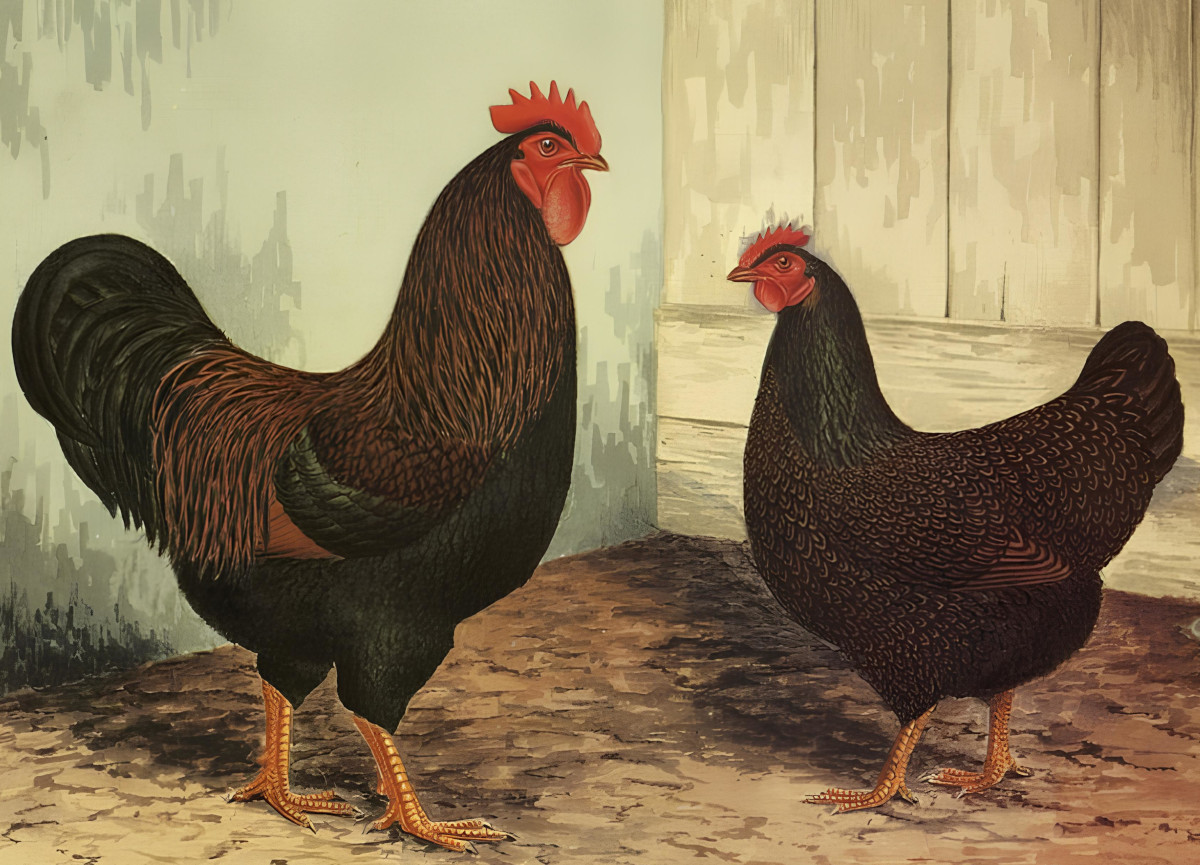
It is important to remember that the first “Barnevelder” was just a big brown egg layer from the Barneveld region of Holland.
Table of Contents
Just over a hundred and thirty years ago in the neighbourhood of the village of Barneveld in the Gelderland Province, Holland, we are told that the fowls were of a very diverse nature as regards colour of plumage, and termed simply as "farmers' fowls."
Below: The development of the breed is almost entirely down to the popularity of the large brown eggs.
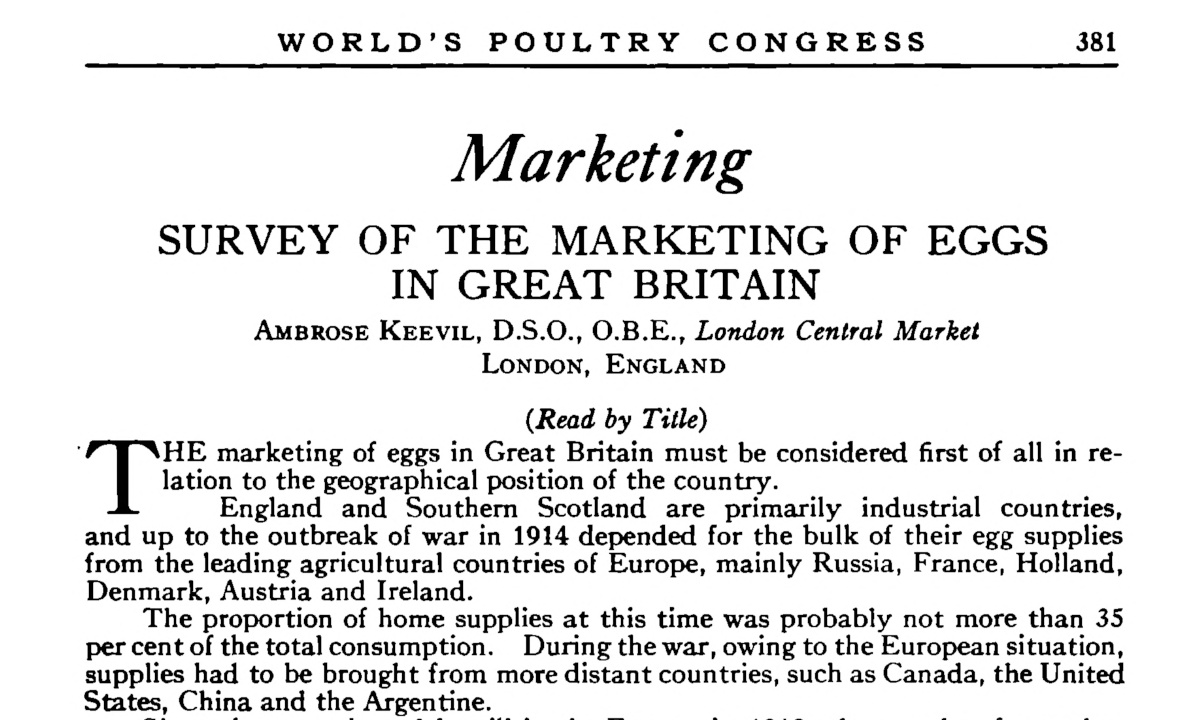
On a few farms Cochins and Langshans were kept and their brown eggs were in great demand. It was the large brown eggs that drove the development of the breed much as it did with the Welsummer, another famous brown egg breed from Holland.
Below: a report into the Origin of the Barnevelder given to the world poultry congress.

The only uniformity in the breed at the beginning came from the selection to produce the egg. At the time the United kingdom imported a considerable percentage of it’s eggs and the preference was for large and brown.
It was in 1910 that steps began to be taken to obtain more uniformity in colour and type, and from this time dates the name Barnevelder.
The name Barnevelder was first used for birds shown at the Landbouwtentoonstelling or agricultural exhibition held in The Hague in 1911.
The Dutch Poultry Club discussed whether to accept the Barnevelder as a new breed in 1919, it was found to be variable and have too many faults.
Below: The black was the first “colour”.

The introduction of the trap-nest followed, and in 1921 a Dutch association of Barnevelder breeders was formed and a standard for the breed was fixed and the Barnevelder was recognised in 1923.
The Barnevelder in England:
British interest in the breed was first aroused by The World’s Poultry Congress held at The Hague, Netherlands, in 1921, English breeders visiting this exhibition were attracted by the very large rich-brown eggs produced by the Barnevelder and imports soon followed.
Below: The Barnevelder had a significant foothold in the UK and won a Harper Adams laying test.
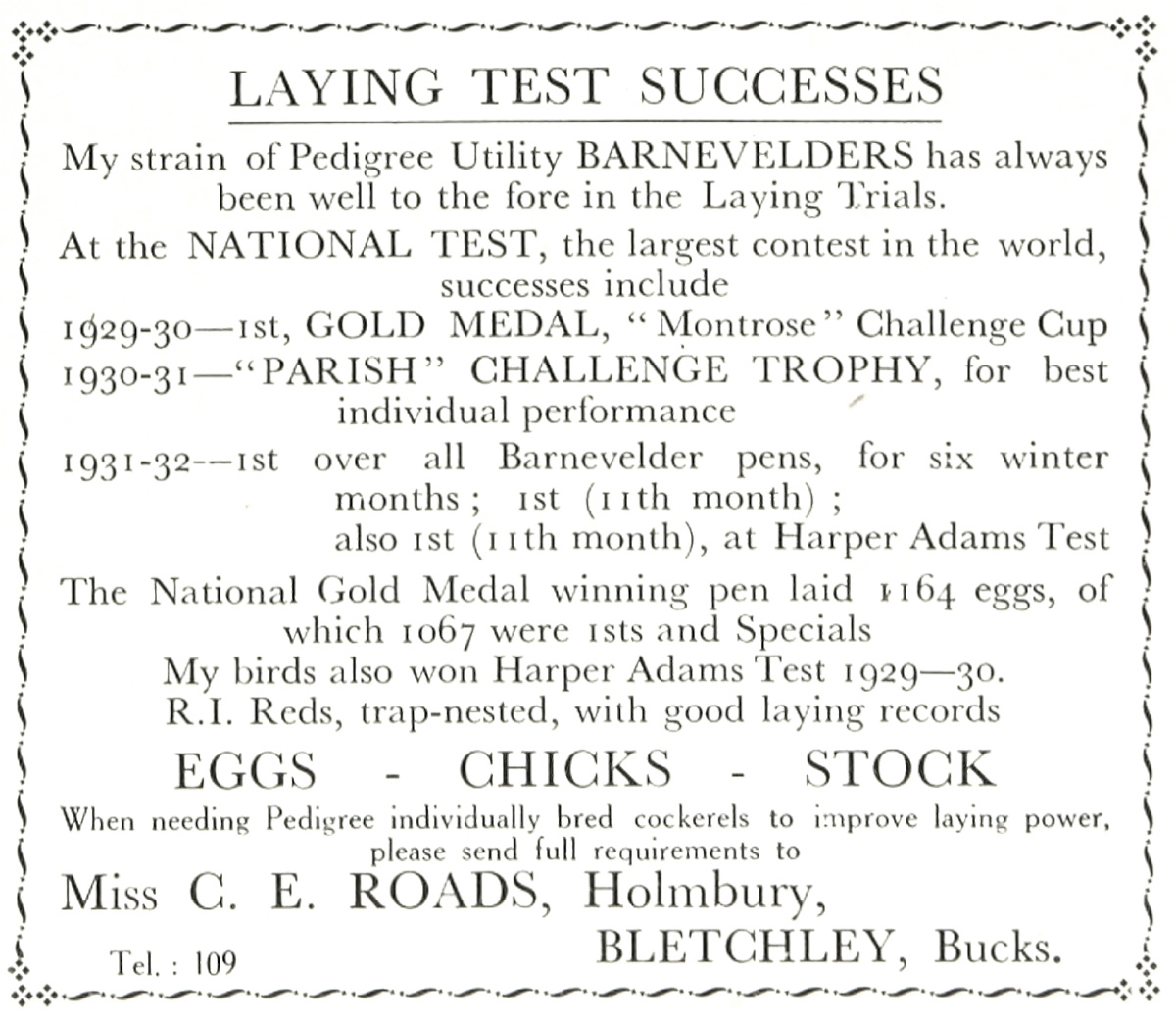
The history of Barnevelders in England may well date back before 1921, when rumours were current that Barnevelders from Holland had been imported and that would attract the British poultry public by their large brown eggs.
It was in 1921 that some of the first specimens of the breed were imported by aeroplane as day-old chicks from Holland.
In May, 1922, the British Barnevelder Club was formed, a standard drawn up and submitted to The Poultry Club, and the first Club Show - with 187 entries in 7 classes (120 in 5 exhibition classes and 67 in the two for utility) - was held at Olympia.
Below: White Barnevelder were once a common sight in the UK.
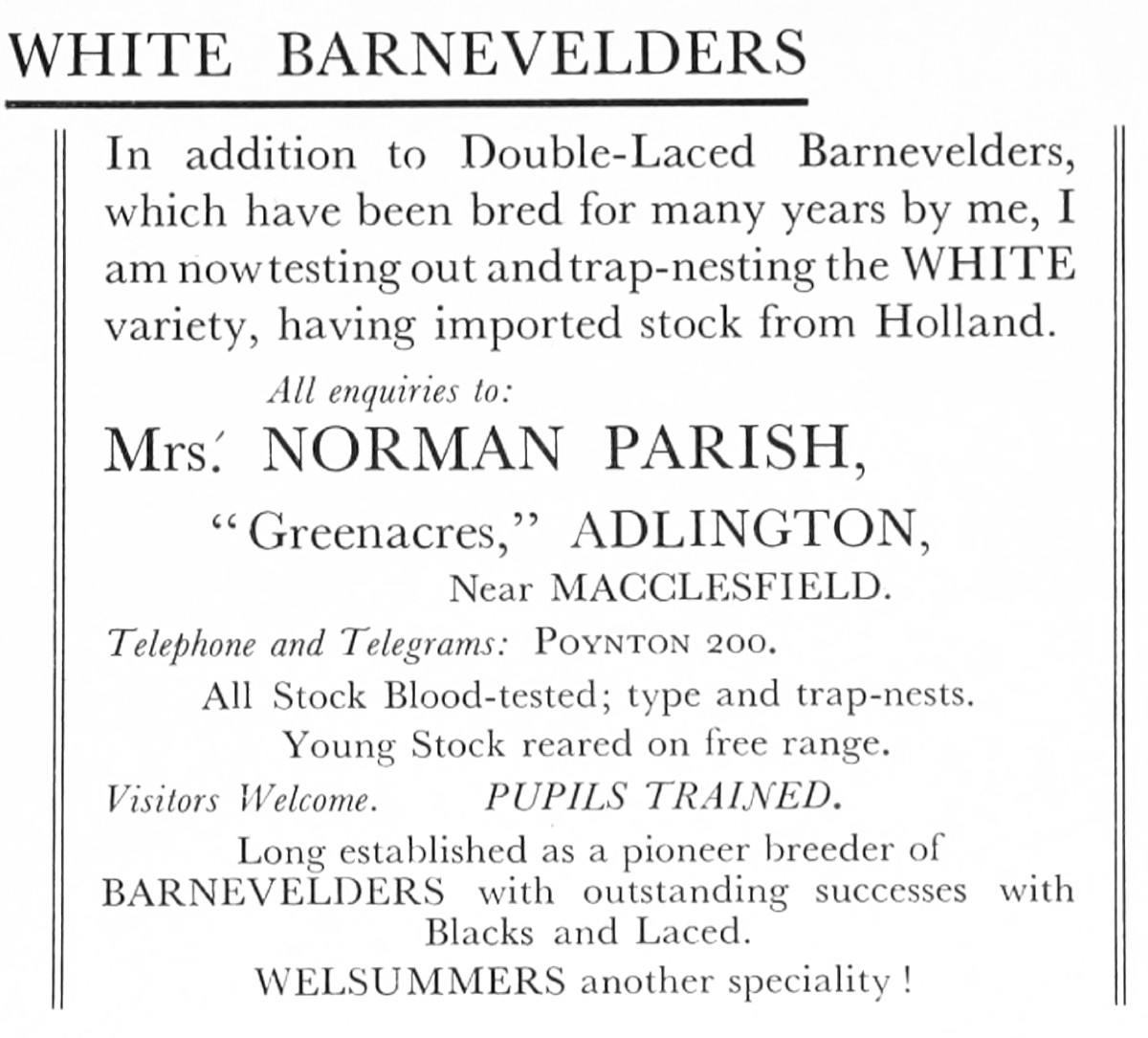
In the same year [1922], a section for the breed was arranged at the Harper Adams laying test, drawing twelve entries or pens.
More recent history:
The Second World War nearly ended the breed once and for all - and not just because numbers fell so low during the war years.
Government advice at the time was to buy cross-bred layers and not keep and breed heritage chickens on the homestead.
World War II had a devastating impact on many heritage breeds, with some going extinct and others facing severe population declines.
The war led to widespread food shortages and shifts in agricultural practices, pushing some breeds towards extinction.
The German occupation of Guernsey during the war decimated the Golden Guernsey goat population and the Tamworth pig, a heritage breed, declined by more than 99% to fewer than 300 breeding pairs after the war.
Poultry feed (only mash was available in the UK) was rationed well into the 1950s in many parts of the world, and what was provided was not enough on its own to feed chickens so birds had to be free-ranged and have their feed supplemented.
War Agricultural Executive Committee (WARAG) made families with chickens give up their egg ration, or parts of it, or in some cases supply eggs into the market for public distribution.
Birds were often only raised and kept for their first laying season, before ending up in the oven.
Indeed, it seems the bantam did not survive WW2, (certainly not In the UK at least) and had to be reproduced or reintroduced afterwards.
The rush to feed society after the war saw the development of both egg and meat producing modern hybrids which gradually took over because they were cheaper to raise, and all heritage breeds became progressively more sidelined.
The History of the Bantam Barnevelder:
The Double-laced (Bantam) was first recognised in 1921 in Germany.
Bred from a 'petite' double-laced hen and a Bantam Rhode Island Red cock, followed by crossings with Bantam Golden-laced Wyandottes, Bantam German Langshan, and Bantam Indian Game (Cornish).
Below: My flock of double laced bantams.
The first record of the bantam Barnevelder was from the Utrecht show in 1921 when Mr Van Dyk won the class. A German strain appeared in 1922 by crossing undersized Barnevelders with other bantams and were exhibited from 1927 to the 1930’s.
It is unlikely that pre-war bantams either laid brown eggs or survived the Second World War but when peace returned breeding continued with the production of black and white bantam Barnevelders between 1954 and 1960 by crossing with Wyandotte’s and then breeding to remove the rose comb.
Mrs Mainwaring is credited with the production of the English bantams during the 1920’s and won several prises with them at shows in the north of England in 1928.
I have never seen a bantam Barnevelder that lays a dark egg, the best mine produce is a speckled cream tinted one.
The bantam double laced blue was originally bred in the Netherlands in the mid 1920’s. Bred again after the war in Germany from a Bantam double-laced Barnevelder cockerel and a Bantam blue-laced Wyandotte hen; recognised in 1987.
